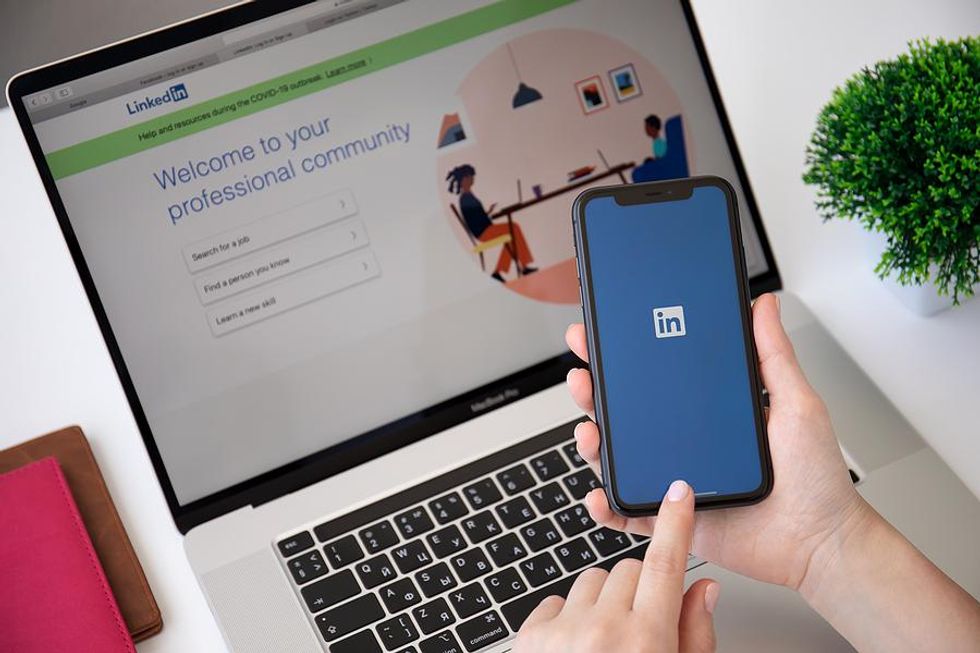
For a variety of reasons, baby boomers are staying in the workforce a lot longer. However, this demographic faces a number of challenges, including experience discrimination, an issue where baby boomers struggle to get employment opportunities because millennials have enough relevant experience to be just as valuable, but at less of a cost.
Because the pool of baby boomer employees has grown so significantly, employers are starting to change their views on the 65 and up demographic, and are at least giving them a closer look. Just because you are of a certain age doesn't mean your resume should reflect that age!
One of the keys to staying attractive to potential employers is to not look or act out of dateâin person or on paper. This doesn't mean that you shouldn't use a photo on your LinkedIn profile. Profiles without pictures only make recruiters and potential employers wonder what you may be hiding. And the truth is they are going to meet you during the interview process. So there's no reason to hide.
Still, there are many ways you can date yourself without realizing it. Here are three ways your resume can make you look old.
Having An Objective Statement

Over the years, styles change. You wouldn't wear the same suit you wore 20 years ago. Unless you're a collector, the car you're driving looks a lot different too. The same is true for resumes. Having an objective statement on top of the resume used to be all the rage! They were used to let employers know that a candidate had some career direction.
Today, having an objective statement on your resume makes it seem obsolete. Maybe even worse than being outdated, an objective statement implies that your focus is on you.
Big mistake.
Like most of us, employers are listening to station WIIFM (what's in it for me?). They want to know how you can solve their problems. Removing your objective statement and creating a succinct experience summary (a list of skills at the top of your resume) updates your resume and puts the focus on what you can do for the employer.
Having An Old-Fashioned Email Address
Back in the 90s, having an AOL email address indicated that you were ahead of the curve, an early adopter of new technology. That was last century. Today having an AOL email address, even a Yahoo email address, makes you look decidedly outdated.
The trendy email address to have today is Gmail. The good news is that Gmail is free and easy to join. No need to eliminate that old AOL email addressâuse it to keep up with friends and family.
When you do create a new email address, opt for one that sounds professional. For example, your name or a variation of your name that will look appropriate on your resume. Cutesy email addresses like talketome@ or carguy@ are best kept for personal use.
Too Many Clichés
One thing that's sure not to impress potential employers is a resume filled with clichés. Every day recruiters get resumes from out-of-the-box thinkers and team players. Tired phrases like detail-oriented or excellent communication skills are not likely to impress anyone either. Neither are bullets that begin with responsible for or duties included.
You're much more likely to get a recruiter's attention by including examples that actually show what you can do. That means a resume that highlights your skills and achievements. A resume that illustrates how you saved time, saved money, generated income, etc. for a previous employer.
Will making these changes make you look 20 years younger? Not likely. Nor should you want them to, particularly if you are looking for a more senior position. But they will keep your resume looking fresh and up to date.
Remember: Your resume may be the first time a potential employer meets you. Shouldn't it reflect someone who's on top of their game, who's still relevant and in demand in their industry?
Need more help with your job search?
Become a member to learn how to land a job and UNLEASH your true potential to get what you want from work!
This article was originally published at an earlier date.

































